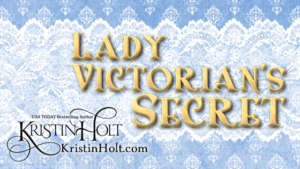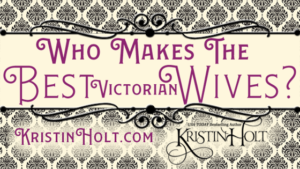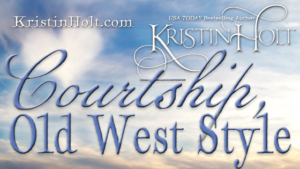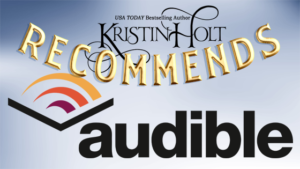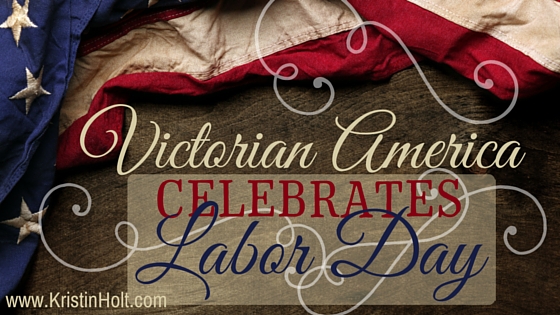
by Kristin Holt | Sep 5, 2016 | Articles
LABOR DAY was born of the circumstances within our Victorian-era United States Industrial Revolution. Unions wanted safer working conditions and 12- to 16-hour work days shortened to 8- or 9-hours. Strikes and protests lead to reform, and from the first Labor Day parade in 1882 peaceful Labor’s Holidays began to take root state by state until in 1894, Labor Day was declared by the President of the United States as a Federal Holiday. This article contains newspaper accounts from era papers, vintage photographs, and a dash of American history surrounding summer’s last hurrah.
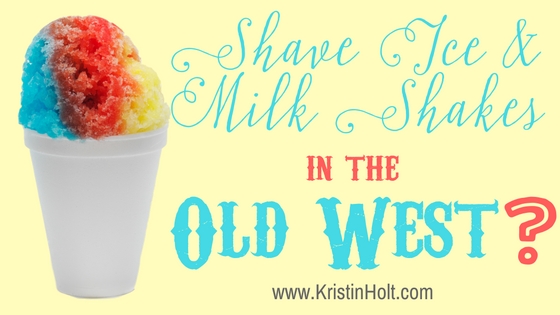
by Kristin Holt | Aug 26, 2016 | Articles
Milk Shakes, a frothy, cold beverage was all the rage in the late 19th century (though made without ice cream until the 20th century). Machines shook the beverage until the milk-fat whipped and the flavorings mixed in. Ice cream sodas and shave ice (first snow cones, sold as “snow balls”) became popular, too. Victorians, even in the Old West, enjoyed icy treats and drinks in the heat of the summer.
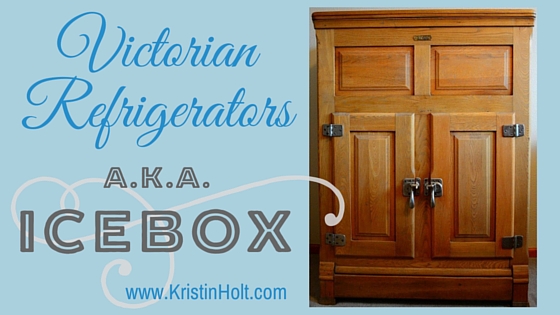
by Kristin Holt | Aug 20, 2016 | Articles
Our Victorian American ancestors were inventive people. They needed a solution for perishable food in the worst of summer’s heat (and beyond). They came up with a remarkably well-insulated icebox (officially called a refrigerator far earlier than you might guess), designed to be a beautiful piece of furniture and functional. Some iceboxes went so far as to serve the melted ice water by silver tap. This article contains Victorian instructions for care and cleaning of 19th century refrigerators, advertisements, a crime committed with an industrial-sized (believe it or not: a walk-in) refrigerator, current images of antique iceboxes (both family size and commercial size), the icebox’s impact on beer, and so much more.
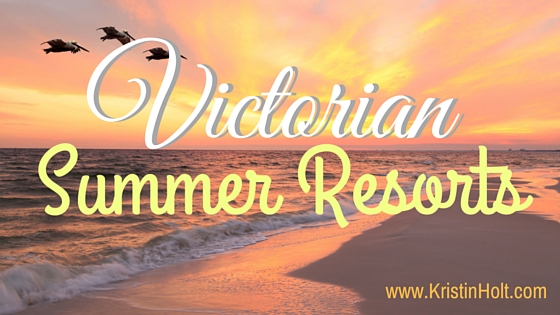
by Kristin Holt | Aug 8, 2016 | Articles
The Victorian Era drew to a close in January, 1901 with the death of Queen Victoria. The newspaper article I share within this post comes from July, 1902 (technically the Edwardian Era), but society’s expectations of table manners and propriety at a summer resort hadn’t changed. This article covers a few of the many, many “Summer Resorts” in the Victorian-Era United States and touches on why these resorts were so loved.
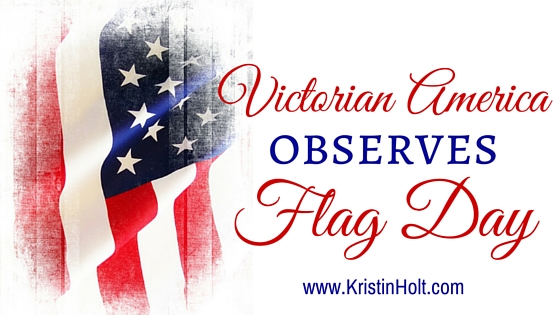
by Kristin Holt | Jun 14, 2016 | Articles
Victorian Americans not only observed Flag Day on June 14th–they created it. Flag poles on government property sported the star spangled banner. Private citizens raised the flag, draped patriotic bunting over porch rails and fences, and attended military parades. Most of all, they recalled what the American flag stands for, its symbolism, and the meaning of patriotism. The practice of observing Flag Day on June 14th, annually, had been in practice since the 1870s and become widespread, but it took well into the 20th century for a President of the United States to make the day a federal holiday.







